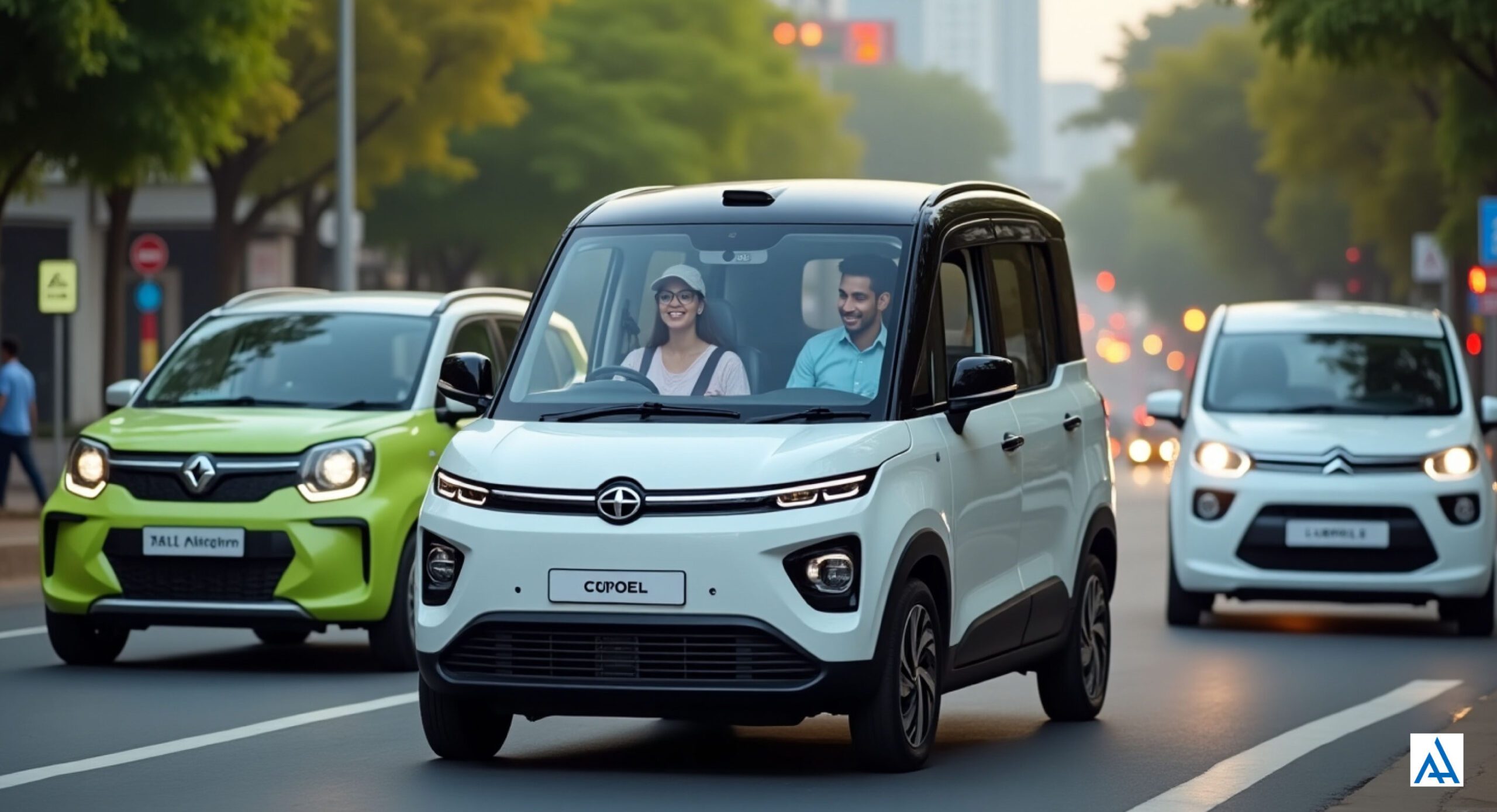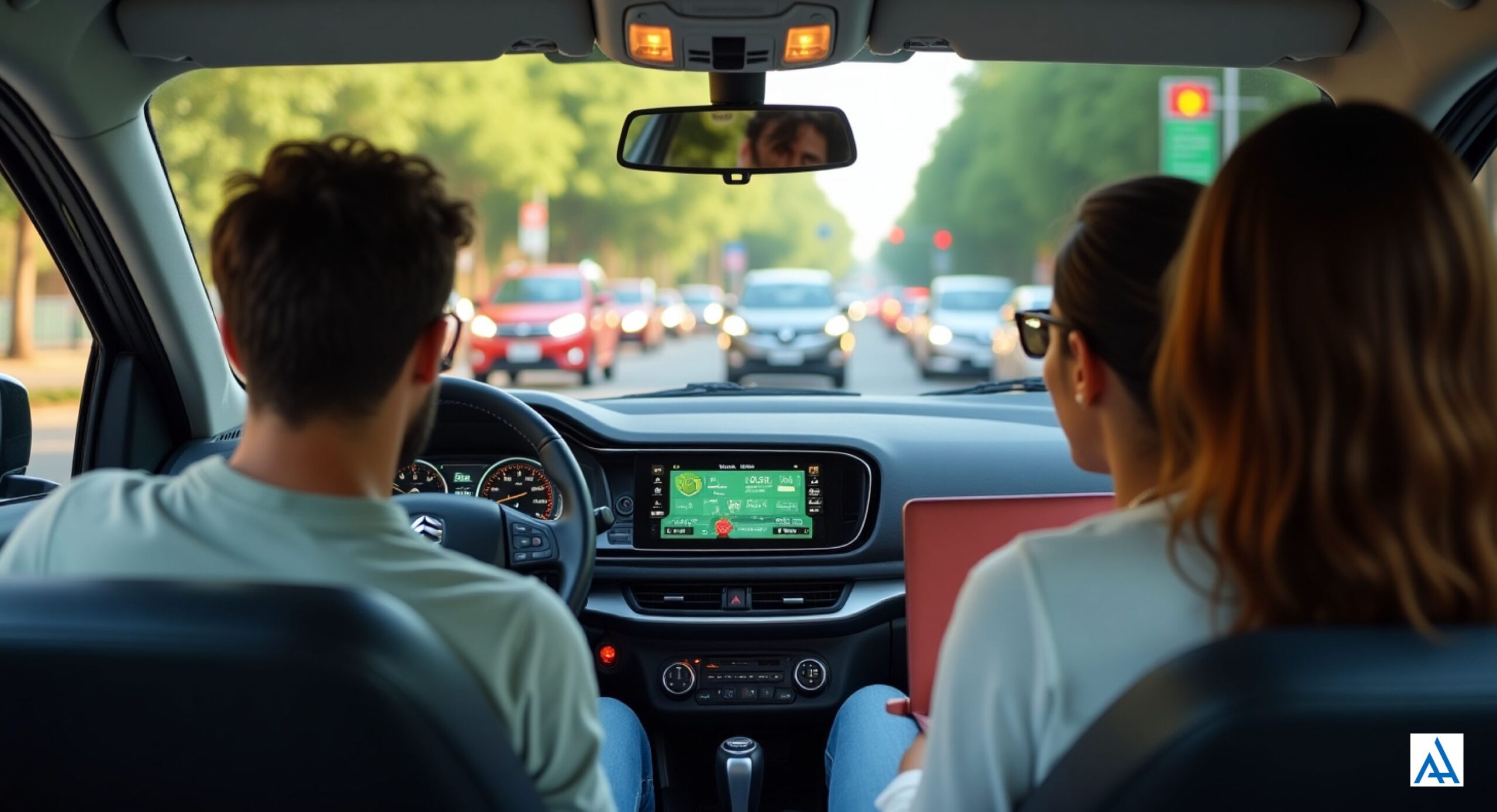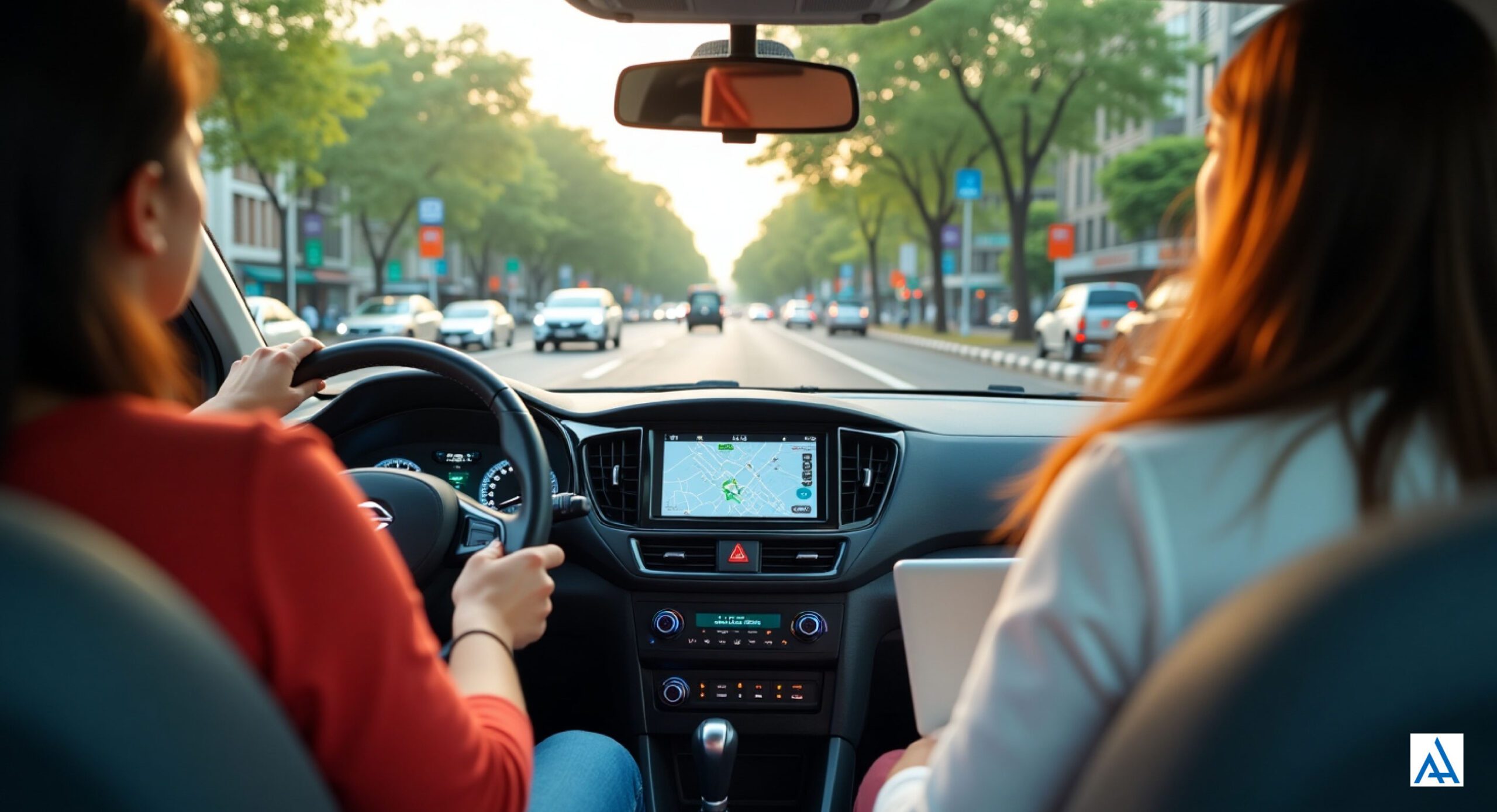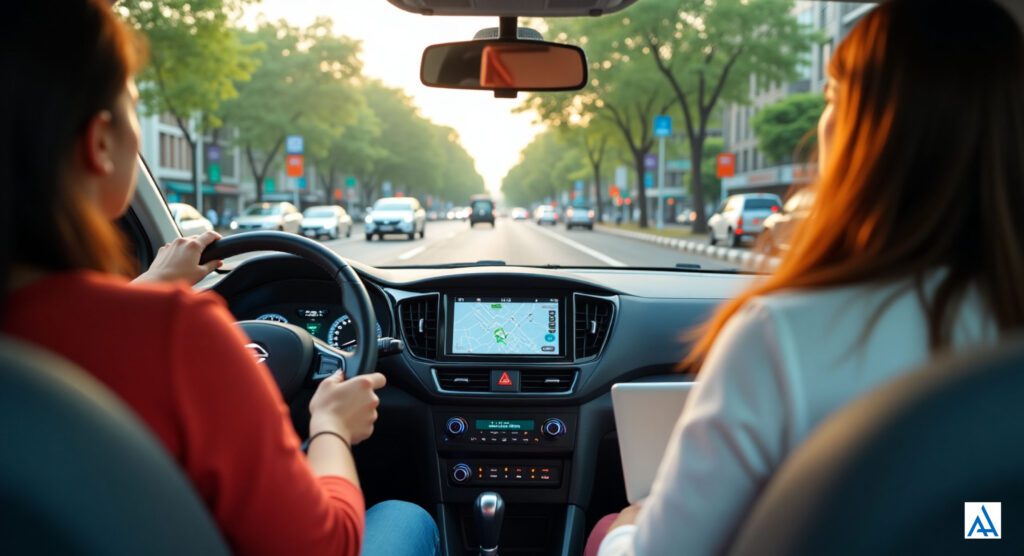In 2025, the Tata Punch EV and Citroen eC3 are leading contenders in India’s $5 billion electric vehicle (EV) market, offering Pune’s 8 million commuters eco-friendly, compact SUVs for urban travel (Inc42, 2024). With 60.4% of India’s 1.4 billion population digitally connected (RBI, 2024) and 63 million MSMEs driving green innovations (MSME Ministry, 2024), these EVs appeal to 70% of Puneites seeking sustainable mobility (Knight Frank, 2024). As India supports 100+ smart cities and a $1 trillion digital economy (Smart Cities Mission, 2025), both vehicles align with a 15% CAGR in EVs and 40% renewable energy goals (Economic Times, 2024; CEA, 2024).
Why Compare Tata Punch EV and Citroen eC3 in 2025?

Pune’s traffic-heavy roads, rising fuel costs (₹100/litre), and air quality concerns make electric SUVs like the Tata Punch EV and Citroen eC3 ideal, cutting running costs by 80% and emissions by 100% (Financial Express, 2024). With 500 million social media users sharing EV trends (Statista, 2025) and 50% of UPI transactions funding mobility (NPCI, 2024), these EVs, priced ₹9.99 lakh–₹15.49 lakh, suit 60.4% of digital Puneites navigating routes like JM Road or Hinjewadi (RBI, 2024). This guide compares their specs, features, and performance to help you decide.
As an EV expert, I’ve analyzed urban mobility trends in Pune. Here’s a detailed comparison of the Tata Punch EV and Citroen eC3 across five key areas, with actionable tips for commuters.
Tata Punch EV vs Citroen eC3: Key Comparisons
1. Price and Variants
The Tata Punch EV starts at ₹9.99 lakh, with top variants at ₹15.49 lakh, offering 19 configurations across Standard (25 kWh) and Long Range (35 kWh) models (CarDekho, 2024). The Citroen eC3, priced ₹12.76 lakh–₹13.41 lakh, has seven variants with a single 29.2 kWh battery (ZigWheels, 2024). The Punch EV’s lower entry price suits budget buyers in Shivaji Nagar, while the eC3’s narrower range appeals to mid-tier buyers in Kothrud.
Actionable Tip: Compare prices at cardekho.com for the latest offers.
2. Battery and Range
The Punch EV’s 25 kWh battery claims 315 km, while the 35 kWh Long Range offers 421 km (ARAI). Real-world tests show ~229 km for the Long Range (Autocar India, 2024). The eC3’s 29.2 kWh battery claims 320 km but delivers ~230 km in real-world conditions (CarDekho, 2024). Both are ideal for Pune’s 20–30 km daily commutes, but the Punch EV’s Long Range suits longer trips to Viman Nagar.
Actionable Tip: Test ranges at olaelectric.com or citroen.in.
3. Performance and Driving
The Punch EV’s Long Range delivers 122 PS and 190 Nm, with a 0–100 km/h sprint in 9.5 seconds, ideal for Pune’s quick merges on Baner Road (ZigWheels, 2024). The eC3, with 57 PS and 143 Nm, takes 6.8 seconds for 0–60 km/h but tops out at 107 km/h, better for steady city driving (Financial Express, 2024). The Punch EV’s four-level regenerative braking adds efficiency, unlike the eC3’s fixed regen (Autocar India, 2024).
Actionable Tip: Experience performance at atherenergy.com for similar EV insights.
4. Features and Comfort

The Punch EV offers a 10.25-inch touchscreen, ventilated seats, sunroof (₹50,000 extra), 360-degree camera, and auto AC, making it feature-rich for Hinjewadi professionals (Times of India, 2024). The eC3 has a 10.2-inch touchscreen with Android Auto/Apple CarPlay, manual AC, and a spacious cabin, ideal for families in Aundh (CarDekho, 2024). The eC3’s 2,540 mm wheelbase offers more legroom, but the Punch EV’s 187 mm ground clearance handles Pune’s potholes better.
Actionable Tip: Explore features at zigwheels.com.
5. Safety and Charging
The Punch EV scores a 5-star Bharat NCAP rating with six airbags, ESC, all-disc brakes, and a 360-degree camera, ensuring safety on Pune’s busy roads (CarDekho, 2024). The eC3, with a 0-star Global NCAP rating, offers dual airbags (six from July 2025) and ABS (91Wheels, 2024). Both charge in ~57 minutes with a 50 kW DC fast charger, but the Punch EV’s optional 7.2 kW AC charger cuts home charging to ~5 hours vs. the eC3’s 10+ hours with a 3.3 kW charger (CarDekho, 2024).
Actionable Tip: Check charging options at e-amrit.niti.gov.in.
Tata Punch EV vs Citroen eC3 Comparison Table 2025
| Feature | Tata Punch EV | Citroen eC3 |
|---|---|---|
| Price (₹, ex-showroom) | 9.99 lakh–15.49 lakh | 12.76 lakh–13.41 lakh |
| Battery/Range (ARAI) | 25 kWh (315 km), 35 kWh (421 km) | 29.2 kWh (320 km) |
| Real-World Range | ~200–229 km | ~230 km |
| Power/Torque | 122 PS/190 Nm (Long Range) | 57 PS/143 Nm |
| Charging (50 kW DC) | ~57 min | ~57 min |
| Key Features | Ventilated seats, sunroof, 360° cam | Spacious cabin, 10.2-inch touchscreen |
| Safety | 5-star Bharat NCAP, 6 airbags | 0-star Global NCAP, 2 airbags (6 from July 2025) |
| Best for | Tech-savvy, performance-focused | Budget-conscious, spacious rides |
Applications in Pune’s Daily Commute
- Urban Mobility: Suits 60.4% digital Puneites for 20–30 km commutes (RBI, 2024).
- Eco-Friendly: Cuts emissions, supporting Pune’s green goals (CEA, 2024).
- Smart Cities: Enhances mobility in Pune’s smart city projects (Smart Cities Mission, 2025).
- MSMEs: Drives EV adoption for 63 million businesses (MSME Ministry, 2024).
- Social Media: Fuels EV discussions for 500 million users (Statista, 2025).
Actionable Tip: Test the Punch EV at tata.com for a feature-rich ride.
Benefits of Tata Punch EV and Citroen eC3
- Cost Savings: Both reduce fuel costs by 80% (Financial Express, 2024).
- Sustainability: Zero emissions align with 40% renewable energy goals (CEA, 2024).
- Accessibility: Start at ₹9.99 lakh, suiting diverse budgets (CarDekho, 2024).
- Urban Fit: Compact size navigates Pune’s traffic (The Hindu, 2024).
Actionable Tip: Choose the eC3 for spacious, budget-friendly rides in Pune.





